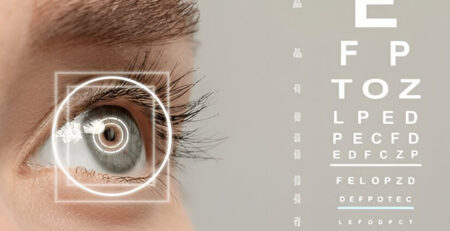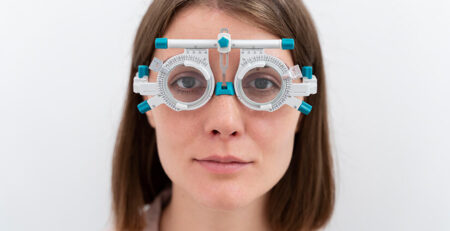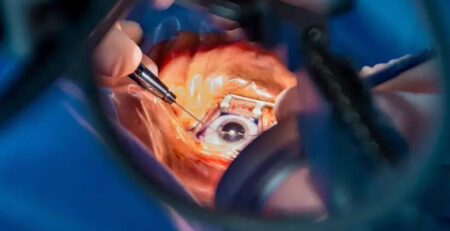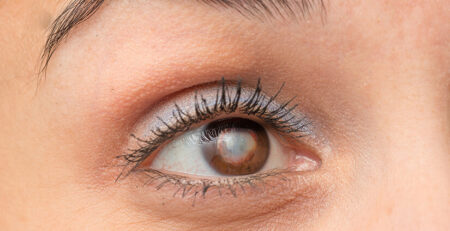What is An Intraocular IOL or Artificial Lens?
An intraocular lens implant for vision correction is a clear, artificial lens implanted in the eye to replace a hazy natural lens during cataract surgery. IOLs are also used for refractive errors such as nearsightedness, farsightedness, and astigmatism.
The intraocular lens of your eye plays a crucial role in bending and focusing incoming light, enabling you to see clearly. Usually, the lens is clear and transparent. But when a cataract develops, this lens becomes cloudy, leading to a loss of visual clarity. As a result, the vision may become blurred, colours may appear less vibrant, and objects may seem hazy.
In that case, cataract surgery is performed. During the surgery, the cloudy natural lens is removed, and in its place, a clear artificial lens known as an intraocular lens (IOL) is implanted. The purpose of this cataract surgery lens is to restore clear vision by effectively refracting light onto the retina at the back of the eye. These lenses help eliminate the blurriness, haziness, and colour dullness associated with cataracts, allowing you to see more clearly and vividly again.
IOLs are made of a variety of materials. They are typically inert to the eye and are foldable, so they can be inserted through a small incision in the eye. Once in place, the IOL unfolds and takes shape.
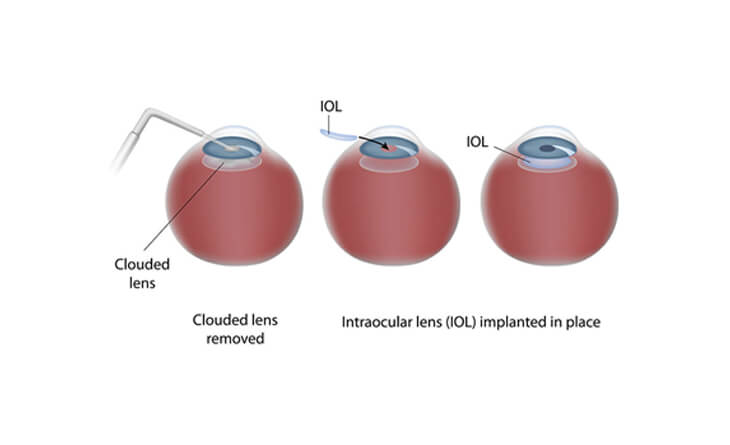
Types of Cataract Lenses
There are four types of artificial or intraocular lens implants for vision correction:
- Monofocal IOLs: These are the most commonly used lenses during cataract surgery. These lenses focus light at once, generally for distant vision. People with monofocal IOLs will need glasses for close work or reading.
- Multifocal IOLs: These lenses are designed to provide clear vision at multiple distances, reducing the need for glasses. Multifocal lenses have different zones for focusing light at different distances. However, These lenses are not suitable for everyone because some people experience visual disturbances like glare or halos around lights with them.
- Toric IOLs: Toric IOLs are required in specific patients who have astigmatism or cylindrical power, a condition where the cornea is irregular. If a plain monofocal or multifocal IOL is put in such patients, they will still have cylindrical power left and will need glasses. Toric IOL will make up for the cylindrical part as well. Toric IOLs have different powers in different meridians to address this issue.
- Extended Depth of Focus (EDOF) IOLs: EDOF IOLs are designed to provide a continuous range of vision from distance to intermediate and near distances, reducing the dependency on glasses. EDOF IOLs work by increasing the range of clear vision with a seamless transition between multiple focus points. However, glasses may be needed for very near and minute work. It is, however, free of unwanted side effects like glare and haloes.
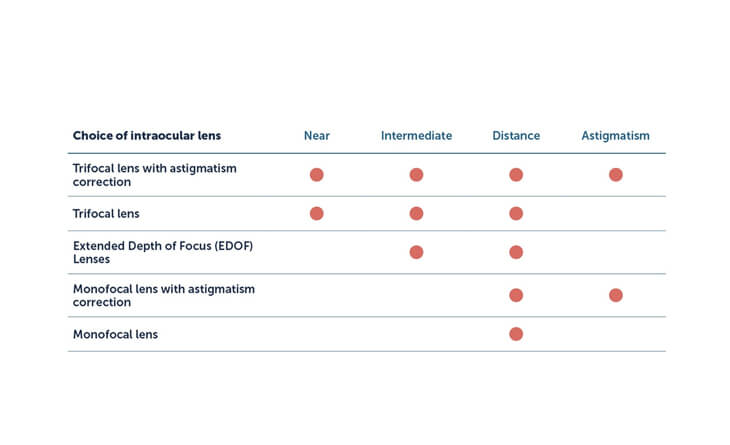
The Takeaway
An intraocular lens (IOL) or artificial lens is a remarkable solution for individuals experiencing vision problems caused by conditions like cataracts. These lenses are exchanged to replace the eye’s cloudy or ageing natural lens. By restoring clarity and focus to vision, IOLs allow patients to regain their visual independence and enhance their quality of life.
If you are considering cataract surgery or an intraocular lens implant for vision correction to improve your vision, consult Dr. Anisha Gupta. The qualified and experienced eye specialist in Delhi thoroughly understands your case and prescribes solutions accordingly.





